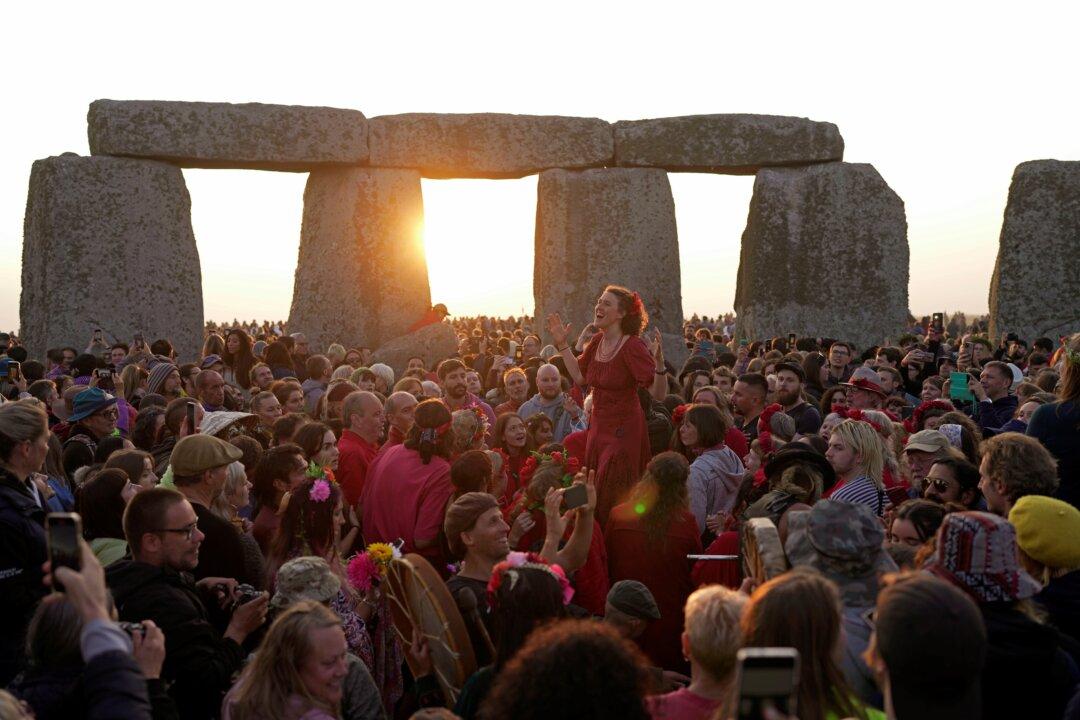STONEHENGE, England—All hail the rising sun.
Around 8,000 revelers gathered around a prehistoric stone circle on a plain in southern England to express their devotion to the sun, or to have some communal fun.

STONEHENGE, England—All hail the rising sun.
Around 8,000 revelers gathered around a prehistoric stone circle on a plain in southern England to express their devotion to the sun, or to have some communal fun.